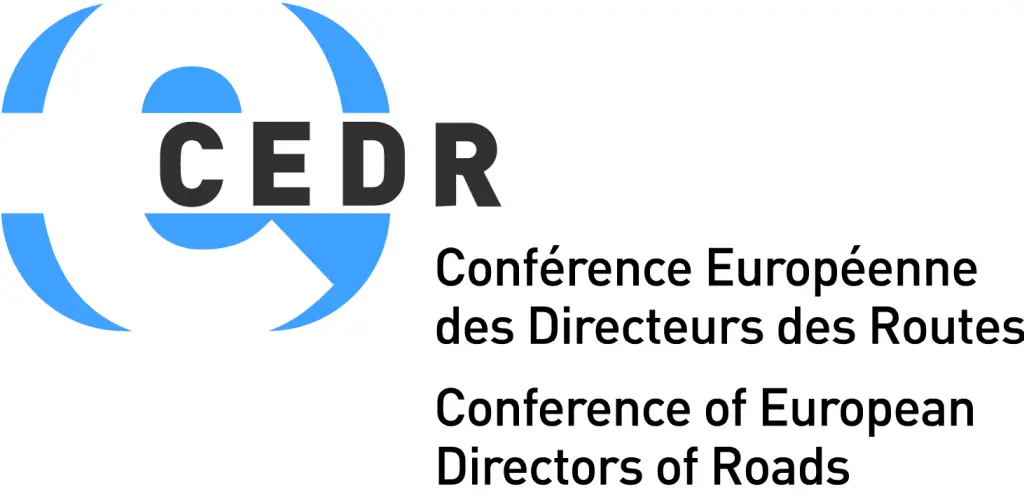Traffic Management for Connected and Automated Driving
In TM4CAD we explore the role of infrastructure systems across various Infrastructure Support for Automated Driving (ISAD) levels in creating ODD awareness for CAD systems.
As a starting point we will propose various system architectures for distributed ODD attribute information and define acquisition principles of the information based on exchange between the architecture elements, ultimately to enable CAD systems to be aware of their ODD in real-time.
Moreover, TM4CAD will demonstrate the basic mechanisms of ODD management via two real-world use cases, which build on the premise of interaction between traffic management systems and CAD vehicles. This will provide NRAs insight in methods to inform CAD systems about the kinds of support they can provide for CAD operations on European roads.
To gain a complete understanding of traffic management for CAD, the TM4CAD project will:
- Identify the full range of ODD attributes for consideration, based on experience from working on ODD issues in standardization activities and in other related research projects;
- Integrate the very different perspectives of the CAD vehicle system developers and the road authorities and operators to focus on the areas of intersection between them;
- Introduce the concept of ODD attribute awareness and the role of infrastructure in it;
- Develop recommendations based on understanding the technical constraints on the ODD-relevant information that can be perceived and exchanged in real time by the NRAs and the sensing systems on the CAD-equipped vehicles;
- Provide insights on how to support CAD operation and ODD management, and how ISAD should be refined for traffic management use, and
- Detail how traffic management systems and CAD vehicles can best interact to improve traffic operations.
Operational Design Domain (ODD)
While improved safety is the biggest motivation for the introduction of CAD systems, ensuring their safe introduction is also the biggest challenge. Safe deployment not only needs safe technology, but also safe use of the technology. Due to the infinite situations a CAD system may encounter in its lifetime, it would be unreasonable to claim absolute safety of CAD systems, suggesting absolute safety is a myth.
However, we can still safely introduce CAD system by imparting Informed Safety, which prevents their misuse and disuse. Informed Safety means that the “user” is aware of what a system can and cannot do. An aspect of Informed Safety involves understanding the “conditions” in which the CAD system is capable of operating safely. The CAD industry calls these “conditions” — the Operational Design Domain (ODD). The ODD attributes include the characteristics of the physical and digital roadway infrastructure, the availability of external support functions such as GNSS localization and digital maps (and their accuracy), the weather and lighting conditions, and the traffic conditions (speed, density and incidents).
Thus, the role of ODD is especially important for higher levels of automation — SAE level 3 and SAE level 4. In order to understand whether its ODD limitations are at risk of being violated, the CAD system needs to be aware of the relevant ODD attributes (e.g., rainfall, traffic density, incidents, etc.) in real time. While some of the information can be sensed by the CAD system’s on-board sensors, some information could potentially be supplied by off-board sensors and wireless communication systems

TM4CAD will bring the NRAs and their viewpoints into discussions with manufacturers, which is key for safe deployment of CAD systems. TM4CAD aims to increase understanding of the issues associated with providing real-time information about ODD-relevant conditions and the role of the national road authorities and operators, including specifically traffic management centres in providing these solutions. This will highlight any needs to improve information flows and quality and develop traffic management processes and tasks while revealing existing gaps of knowledge in the domain.
To identify NRA requirements on automated vehicle behaviour from a traffic operations perspective, TM4CAD provides the road authorities a recommended set of issues to discuss with OEMs, automated driving system developers, and automated vehicle fleet operators. In addition, TM4CAD will point out the priority areas in infrastructure support for automated driving requiring close dialogue and agreement between road authorities, traffic managers, CAD system developers and automated vehicle fleet managements to arrive at solutions that are acceptable regarding the safe, efficient and clean road network operation.
TM4CAD runs from September 2021 to March 2023 and the work is divided in five work-packages:
- WP1 - Project management
- WP2 - Concept of ISAD and ODD management
- WP3 - Information exchange between traffic centres and automated vehicles
- WP4 - Specific cases of ISAD and ODD management
- WP5 - NRA and traffic centre requirements to automated vehicles
Deliverables and publications
| Deliverable | Download link | Due date |
|---|---|---|
| D2.1 |
Report on distributed ODD awareness, infrastructure support and governance structure to ensure ODD compatibility of automated driving systems Download |
March 2022 |
| D3.1 |
Information exchange between traffic management centres and automated vehicles - information needs, quality and governance Download |
October 2022 |
| D4.1 |
Report on technical implementation aspects of ISAD and ODD management use cases Download |
January 2023 |
| D5.1 |
NRA and traffic centre requirements for automated vehicles Download |
March 2023 |
Workshops
| Workshop | Subject | Date |
|---|---|---|
| WS1 |
Project kick-off, refinement of working assumptions (e.g., governance models, use cases, and NRA priorities) |
13 September 2021 |
| WS2 |
ODD/ISAD architecture proposal validation workshop Presentations | Pre-read material | Workshop report |
14 February 2022 |
| WS3 |
Vehicle manufacturers perspective workshop s Presentations |
10 June 2022 |
| WS4 |
CEDR CAD WG R&D 2020 Initiatives Presentations |
24 June 2022 |
| WS5 |
TM4CAD implementation challenges Presentations |
17 November 2022 |
| WS6 |
Joint final event CEDR CAD WG R&D 2020 Initiatives |
21-22 November 2023 |






